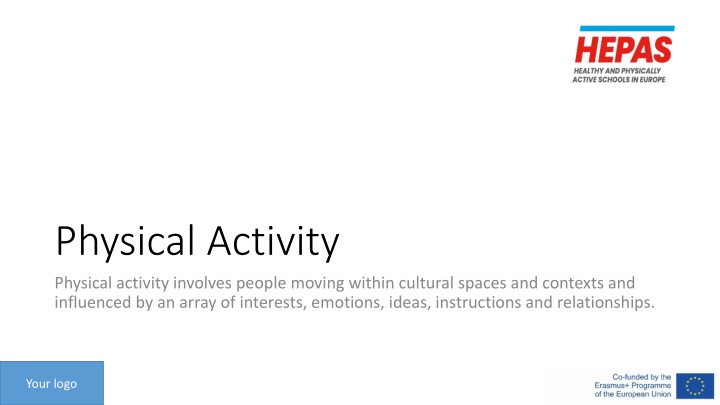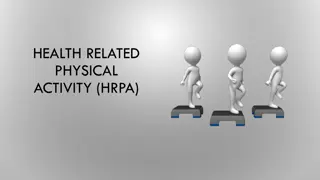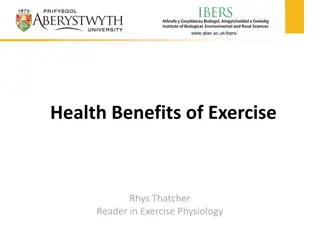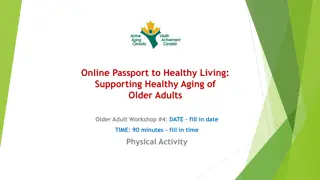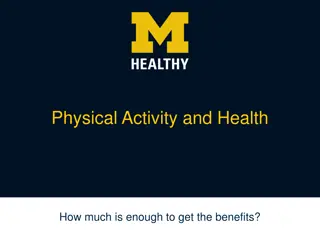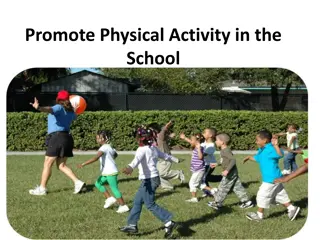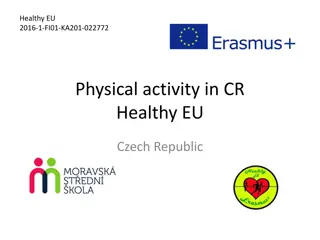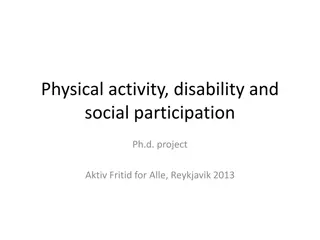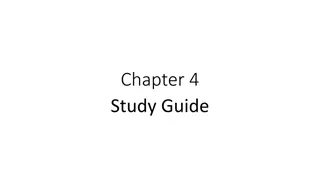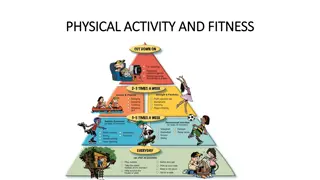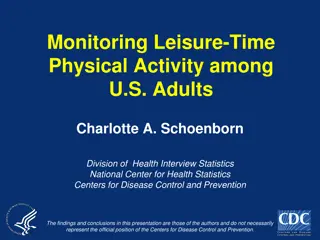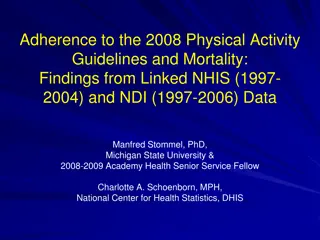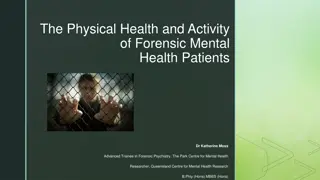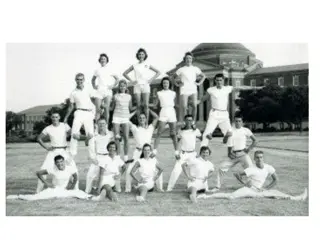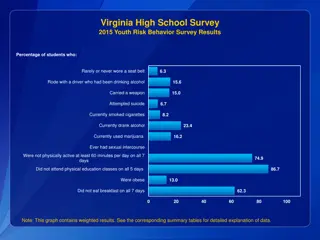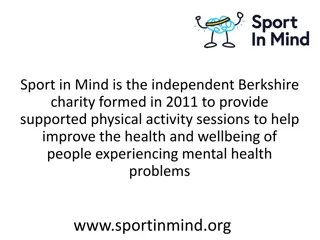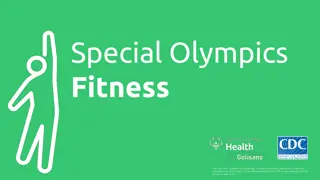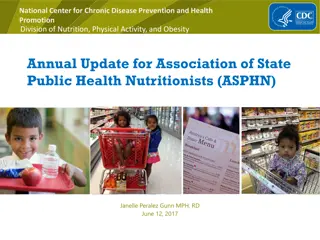Physical Activity
Physical activity within school settings involves various categories like active breaks, homework, transport, learning, and recess. Incorporating more active elements during a school day can significantly benefit students by increasing physical activity levels, promoting healthy weight status, improving behavior and cognition, and enhancing overall enjoyment. Strong evidence supports the effectiveness of active breaks, active learning, and active transport, while active homework shows relatively weaker evidence. Recommendations for schools include implementing daily active breaks, offering professional development for active learning strategies, and ensuring easy access to diverse active recess activities.
Download Presentation

Please find below an Image/Link to download the presentation.
The content on the website is provided AS IS for your information and personal use only. It may not be sold, licensed, or shared on other websites without obtaining consent from the author.If you encounter any issues during the download, it is possible that the publisher has removed the file from their server.
You are allowed to download the files provided on this website for personal or commercial use, subject to the condition that they are used lawfully. All files are the property of their respective owners.
The content on the website is provided AS IS for your information and personal use only. It may not be sold, licensed, or shared on other websites without obtaining consent from the author.
E N D
Presentation Transcript
Physical Activity Physical activity involves people moving within cultural spaces and contexts and influenced by an array of interests, emotions, ideas, instructions and relationships. Your logo
5 Categories of Physical Activity 5 Categories of Physical Activity Active Breaks We define Physical Activity in the HEPAS project as body movement and exercise done in the school context outside of Physical Education and School Sport, but still connected to the school environment. We identify the following 5 categories for Physical Activity in a school context. Active Transport Active Homework Physical Activity Active Recess Active Learning
5 Categories of Physical Activity 5 Categories of Physical Activity Active Breaks A short bout of physical activity performed as a break from academic instruction to increase or decrease students activation. Active Homework Assigned physically active homework tasks that students can do on their own or with family members. Active Transport Travel that incorporates all modes of transport relying on human power for propulsion. Active Learning The use of physical activity lessons in which curriculum topics are delivered through movement Active Recess The dedicated break time for school-based children to engage in spontaneous play (self-organised) or in structured play (active), but out of the formal subject-content curriculum.
The evidence The evidence Adding more active elements to an average school day can boost children s physical activity levels. Active Breaks (strong evidence) - increase students PA levels - contribute to healthier weight status, improved behaviour, enhanced cognition and greater enjoyment Active Learning (strong evidence) - cost-effective, enjoyable, motivating strategy to increase students daily PA at school - often enhances other educational outcomes. Active transport (strong evidence) - important source of daily PA - associated with increased MVPA (Moderate-to-Vigorous Physical Activity) - Active Transport interventions are effective Active Homework (weak evidence) - positive outcomes for both girls and boys - effects tend to be relatively small across the school week Active Recess (moderate evidence) - provide up to 40% of students recommended daily PA - greater benefits going to younger children and boys
Recommendations Recommendations What schools can do to encourage more physical activity during the school day Active Breaks - daily & regular ritual in all classes in all school levels - inclusive way in order to engage all students - make ideas available as a resource for all teachers - encourage parents to implement Active Breaks at home Active Learning - professional development opportunities for all school staff - accessible strategies and practices for implementation including working examples - use in all curriculum areas Active Recess - ensure easy access to a variety of active recess examples - particular attention to traditionally marginalized groups (girls, disabled, etc.) - make funding available (school spaces, including playground markings and safe equipment/apparatus) - make developmentally appropriate play and sports equipment (balls, bats, hoops, ropes, etc.) available and supervised to ensure equitable and safe use
Recommendations Recommendations What schools can do to encourage more physical activity during the school day Active Homework - requires the support and engagement of parents regular meetings, shared information, effective means of communication - help families identify accessible spaces and facilities - establish cooperative relationships with local partners Active Transport - establish safe and well-lit routes to school & places for securing students vehicles - communicate supportive messages, share guidance, initiate collaborative actions (e.g. walking buses and group cycling) - plan school projects exploring the local environment, surveying perceptions of safety in the local area, and calculating distances, speeds and times of different routes to and from school - Introduce bicycle education programmes
